Students Examine Folk Music History Through a Digital Lens
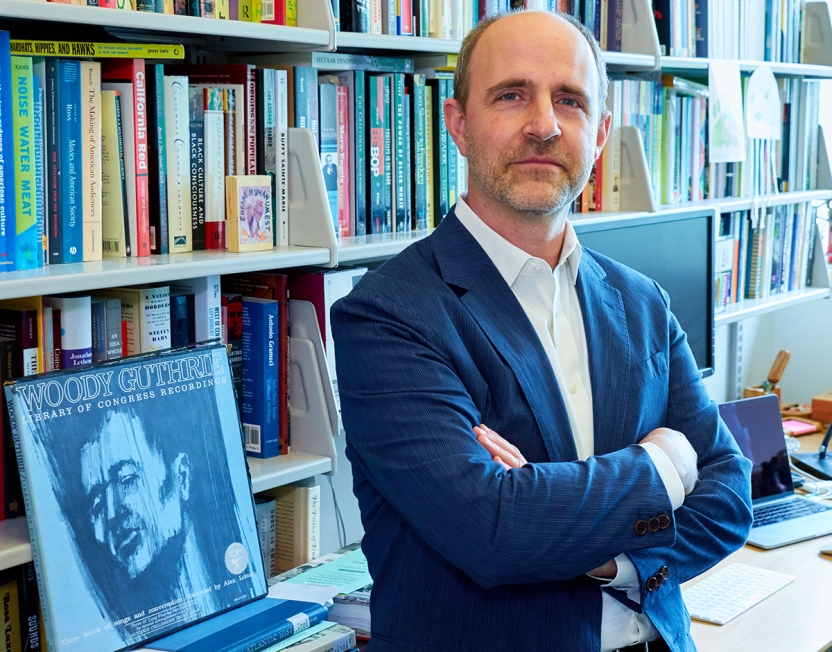
MIDDLEBURY, Vt. – It was likely the only course this spring whose syllabus included a hootenanny. Digitizing Folk Music History hosted a jam session that drew students, faculty, staff, and community members into a two-hour circle of sound, led by guest artist Anna Roberts-Gevalt of the folk duo Anna & Elizabeth. Wielding guitars, banjos, fiddles—and a mandolin, accordion, and bass fiddle—the impromptu group joined voices to wail on such folk favorites as “I’ll Fly Away,” “If I Had a Hammer,” “Mattie Grove,” and “Leatherwing Bat.”
“Jamming is so historically and socially profound because it binds people together,” said Madison Middleton ’22.5, a singer, banjo player, and double major in music and theatre.
Focusing on the folk revival of the 1950s and 1960s, the class investigated how digital methodologies can be used to enhance historical inquiry. Key questions, said Michael J. Kramer, Digital Liberal Arts acting director and assistant professor of the practice, included “What does it mean to be American? What is authenticity? What is democracy? What are politics and power and identity?”
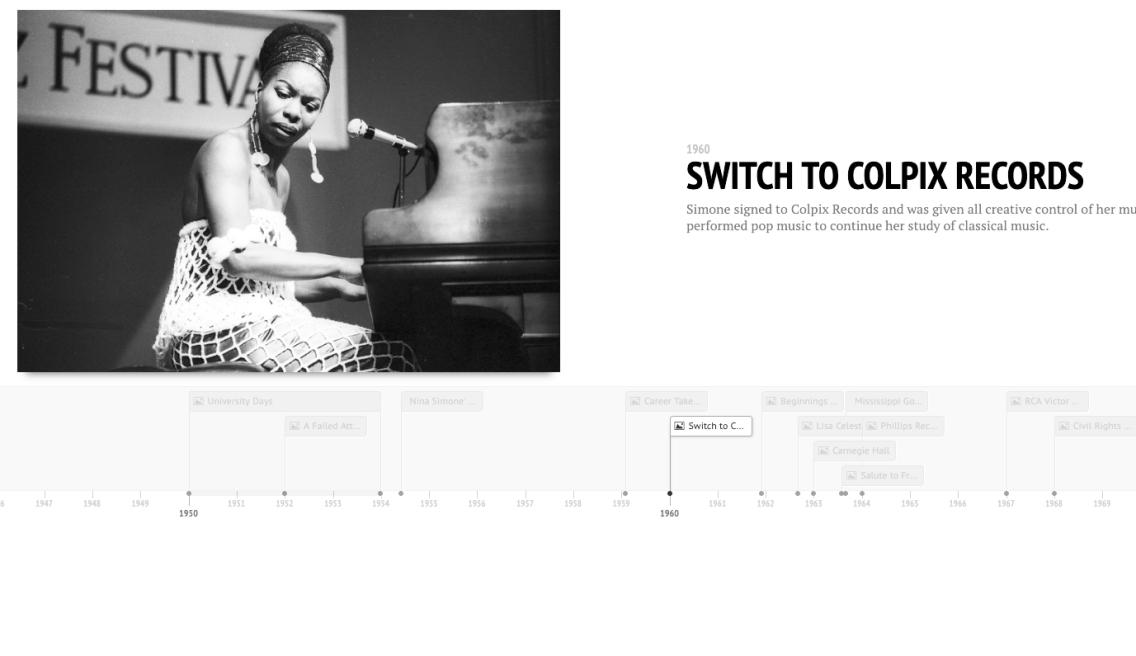
Gabby Meeks ’22.5 created an interactive timeline as part of her digital study of the history of Nina Simone’s life and music.
Alongside developing skills for analyzing aesthetic material and creating more convincing evidence-based arguments, the class also asked students to consider the question “How do we tell compelling stories about the past?”
“No one’s figured out how to do digitalized history yet,” said Kramer. “I say to the students the first day, ‘I’m asking you to do something in this class for which there really aren’t good models yet. You guys are at the cutting edge of this.’”
Added Kramer: “I think it demands that we be even more rigorous.”
Folk music provides a perfect vehicle for investigating how the digital and the liberal arts can come together, says Kramer.
“One of my goals teaching digital humanities is to demystify the digital. People imagine folk music as the most antidigital thing. You can’t get more antimachine and antitechnology than what people think of as the folk music movement. So when you bring those together in the classroom you suddenly start to see continuities as well as differences,” said Kramer. “You start to be able to take apart some of the assumptions we have about each one.”
For example, said Kramer, an exercise in digital annotation gets students to slow down and engage more deeply in traditional close reading.
“If we were to go into the Berkeley Folk Music Festival collection and start writing on artifacts, we’d get kicked out. But once we make a digital copy of an artifact, it’s pliable, it’s manipulable, we can write on it.”
Other assignments gave students the opportunity to work with sound, video, images, and annotation in various formats and explore tools for “mind mapping” and using databases.
“The digital,” said Kramer, “is a way to see new patterns and then ask new questions.”
A final project—using a format of the student’s choosing—provided an opportunity for students to bring together what they had learned. Here’s a sampling.
Gabby Meeks and “Nina Simone: The Life, Legacy, and Activism of the High Priestess of Soul”
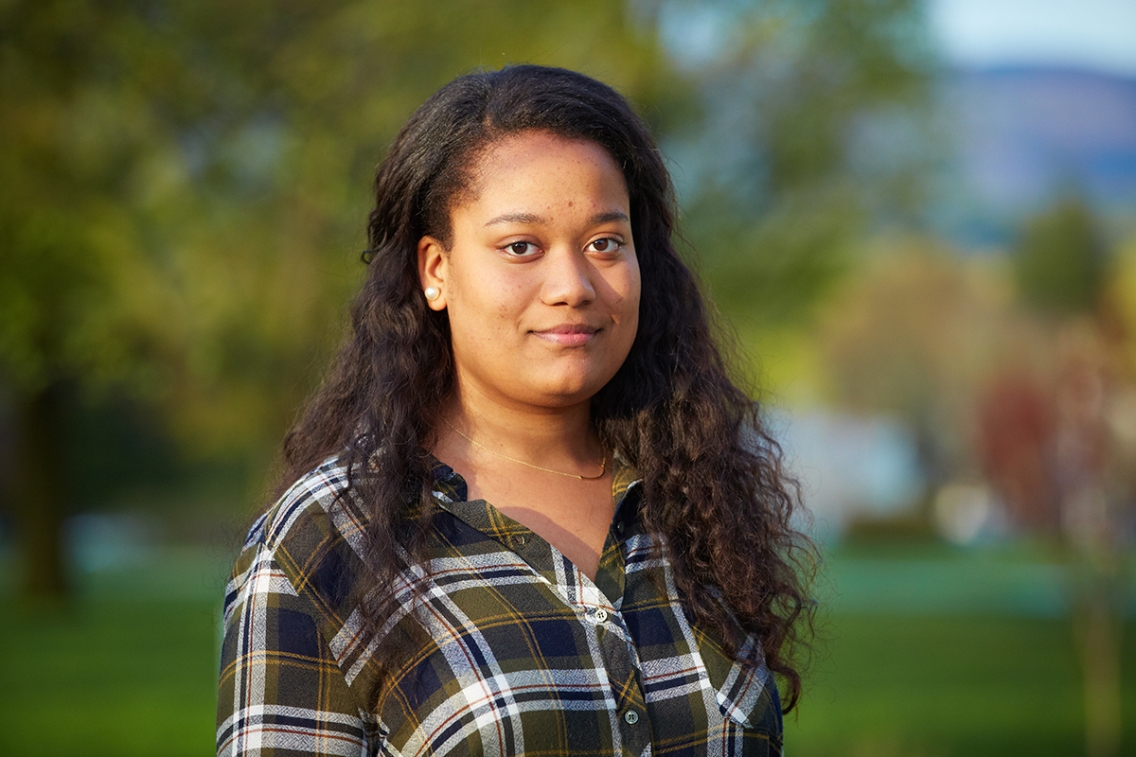
Before taking the class, Gabby Meeks ’22.5 thought of folk music as “banjos and fiddles … just white men singing about topics that I do not necessarily relate to.”
Nonetheless, she signed up. “I wanted to do something out of my comfort zone.”
Meeks said the class opened up for her the rich contributions that African diaspora traditions have made to American folk music.
“The class made me realize that folk music is so diverse. There’s no one sound that defines folk music. There’s no one image that defines folk music. So many songs I’ve heard through this class I’ve been like, ‘Wow I really like this, and I had no idea that this could be a folk song or that this artist could be a folk artist.’”
For her final project, Meeks wanted to learn more about African American women folk artists, so she chose Nina Simone, whose boundary-defying oeuvre spans folk, jazz, blues, pop, and classical.
Meeks remembers that when she was just nine or ten, her mom got a Nina Simone album and played it “every night.” One song in particular stood out: “Strange Fruit.”
“I think it took me a minute to really internalize what the lyrics meant,” said Meeks, whose mom then explained to her about lynchings.
“In school we’d learned about the rose-colored glasses version of slavery and its impacts. But listening to the song, it was real, suddenly.”
For her final project, Meeks created a website that offers sound recordings, images, and video clips, along with a biographical sketch, a timeline, and blog posts. Meeks said she’s been especially excited to create the blog posts, which allow her to write in a personal voice.
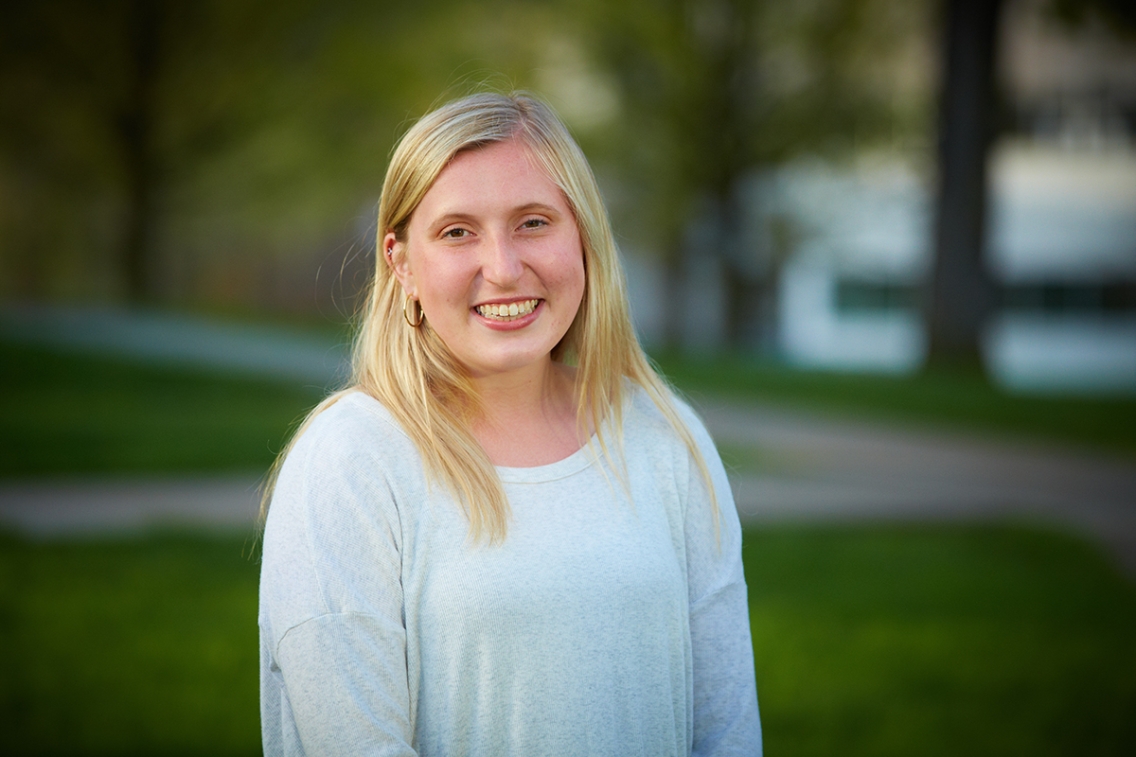
Deadhead Eleanor Pontikes ’22.5 chose to focus on Jerry Garcia’s roots in the folk revival.
Garcia’s background makes him an interesting figure, said Pontikes. “He wasn’t from the Northeast. He wasn’t from a well-to-do family or an elite institution. Instead, he grew up pretty poor in San Francisco. So I think class plays a lot into his story.”
Alongside the joy of creating a podcast about one of her favorite musicians, Pontikes found the final project to be a real education in conducting college-level research.
“I just got here, so I didn’t know the library at all. Even finding the books for this project I had to ask the librarian for help. It’s really deepened my research skills.”
Among her research challenges, said Pontikes, was the mountain of materials available on Garcia.
“There’s just so much about him,” she said.
She also learned that finding certain kinds of materials—even in this day and age of instant online access—requires tenacity. One early interview Pontikes especially wanted to listen to was only available on CD through University of California archives. It took over a month of paperwork and requests back and forth to finally obtain it.
“It’s been even more rewarding because I’m going beyond what’s readily available,” said Pontikes. “It’s extremely satisfying.”
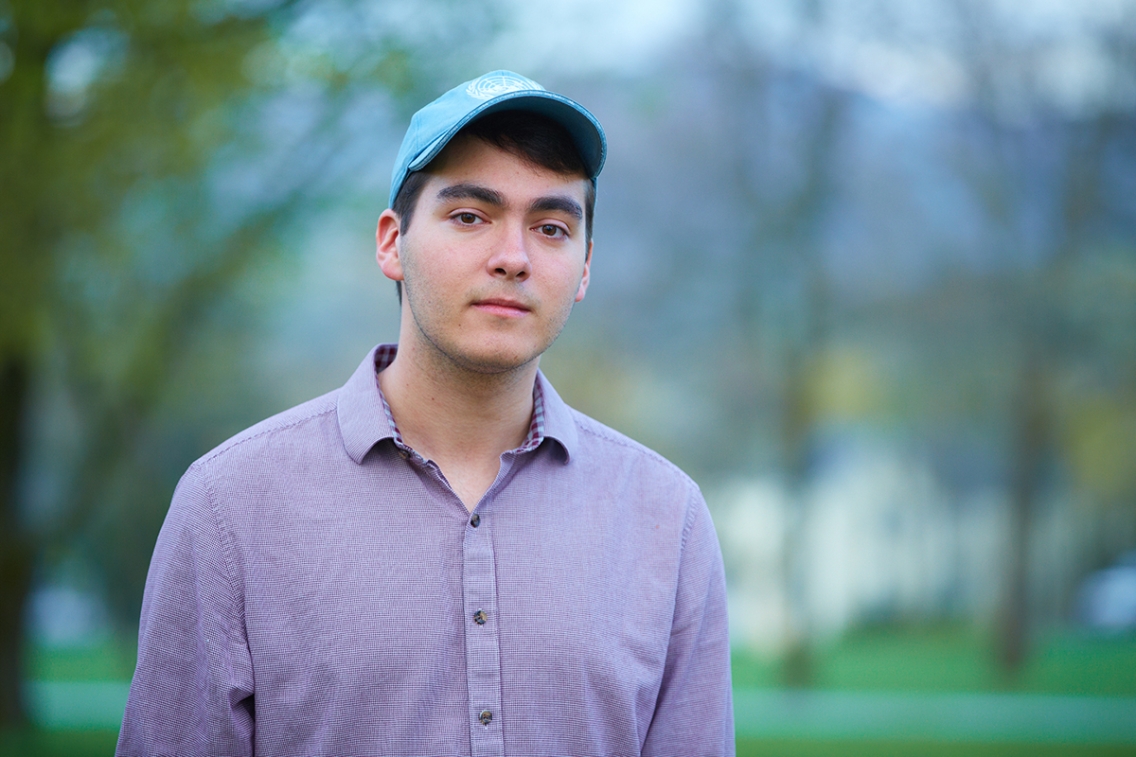
Rhys Glennon ’22 wanted to investigate how folk music—an ancient form—responded to something new. He chose the atomic bomb.
“It’s the most fundamental particle in the universe, and we’re breaking it apart. I wanted to see how that got to people, how that changed how people thought,” said Glennon. “There’s songs that personify the atom. There’s songs that talk about ‘We shouldn’t have done this; we’ve gone too far, not just in a pacifist way, but that we’re meddling in something that we shouldn’t be meddling in—on a spiritual ground. We shouldn’t be meddling with the fundamental ideas of the cosmos.’ That’s what really drew me to it. It’s such a transcendent thing, it’s not connected to the past, it feels completely new, and so how does folk respond to that?”
Glennon created what he calls an “interactive multimedia essay,” using a web platform that examines atom bomb–themed folk and popular music between 1945 and 1965, everything from “Atom Bomb Baby” to “What Have They Done to the Rain” to “So Long, Mom (A Song for World War III).”
Not to be missed is recently released footage of a test explosion on the Marshall Islands set against a 1953 civil defense message from Groucho Marx on simple steps to survive an atomic attack.
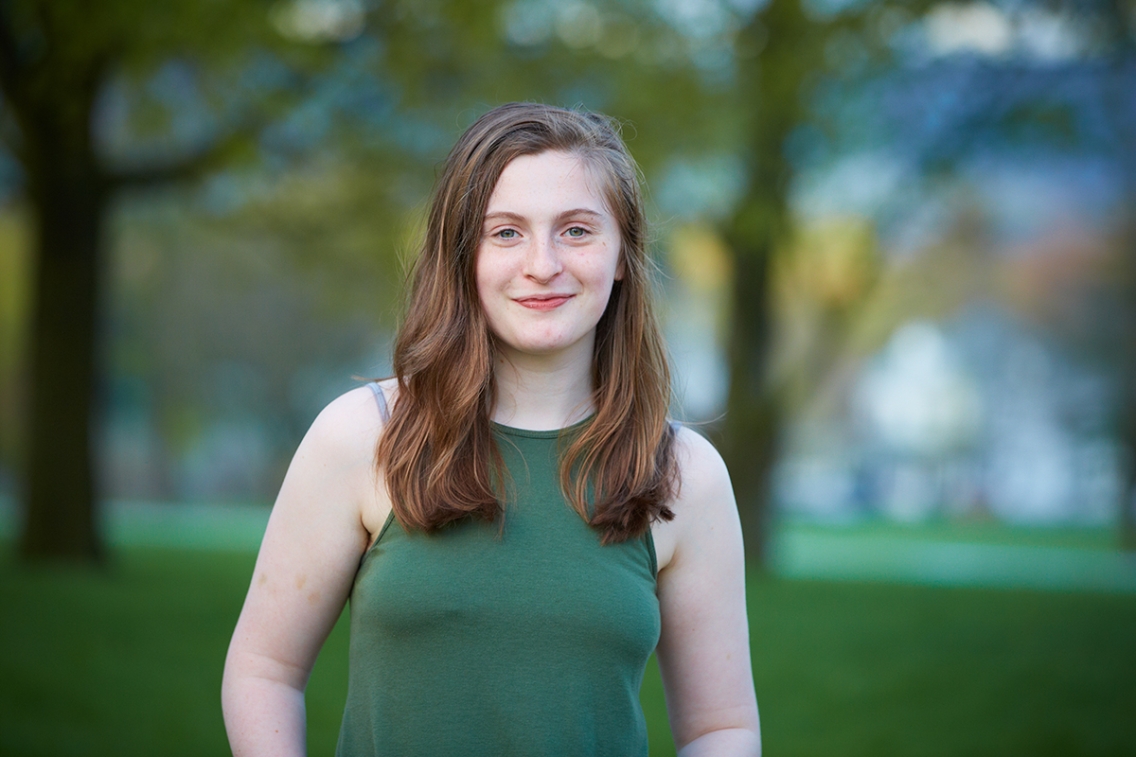
For Middleton, folk music encapsulates much of America’s history.
“It reveals some really beautiful and some really ugly histories. Like, as a banjo player—this is an African instrument, and I play it in the African style. The claw hammer style has not changed in 500 years. In folk music, you find people who are reinventing the genre, people who are using the genre to communicate their ancestors’ stories, people using the genre to communicate their truth.”
For the final project, Middleton wanted to focus on the music itself and chose to transpose singer/guitarist Robbie Basho’s “Blue Crystal Fire” from guitar to banjo, while creating a podcast about that process and about Basho, his music, and his place within the folk revival.
“I wanted to uncover a certain truth about the folk song process: the communal aspect of a folk song’s identity,” said Middleton. “It’s like that Pete Seeger quote about how if you see a folk song in a book, it’s like you’re looking at a picture of a bird in flight. You know that the bird isn’t staying there, it took off somewhere, and it’s going to go somewhere else. So whatever you capture in that moment is only one iteration of an infinite thing. Through studying this song, I wanted to see how the song evolves with me.”
By Gaen Murphree; Photos by Todd Balfour

